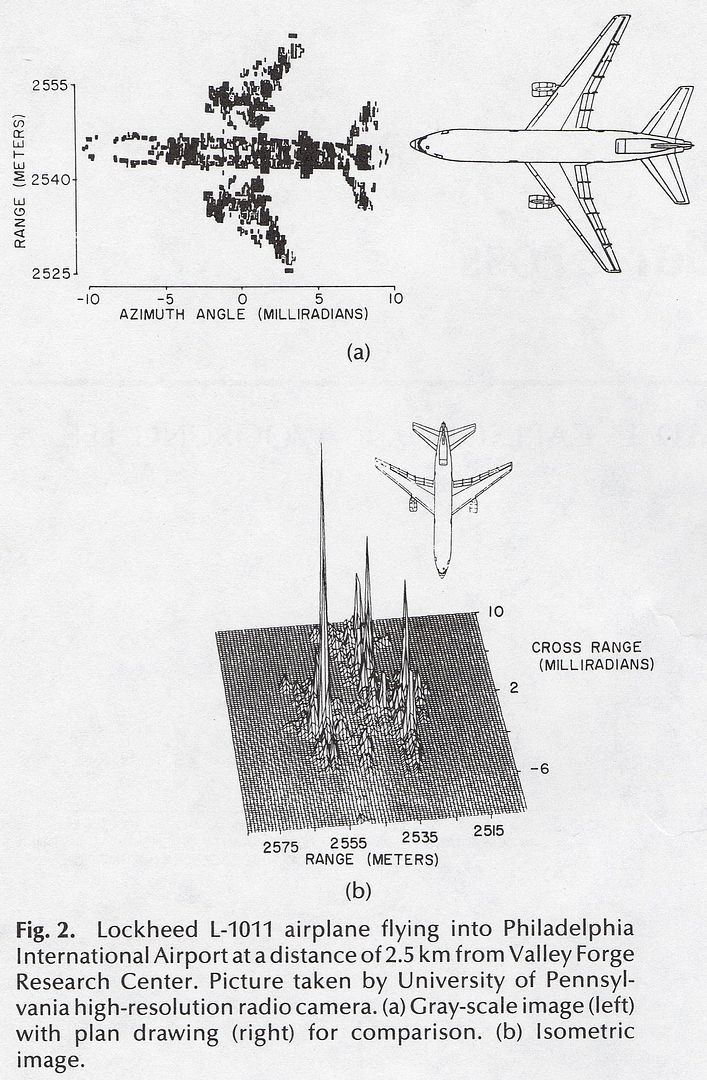below_freezing
ELITE MEMBER

- Joined
- Feb 26, 2010
- Messages
- 8,253
- Reaction score
- 0
Not guaranteed does not equal to assurance of otherwise. Look at China's map. Now understand that an air defense radar has at best a couple hundreds km of effective coverage. Now guess how many stations will you need to actually overlap each other in order to have no gaps.
Yes...I have been saying that long before you are a member of this forum.
Yes...I have been saying that long before you are a member of this forum.
Yes...I have been saying that long before you are a member of this forum.
Try something I do not know.
There goes that 'long wavelength' thingie again...You are wrong...They are not 'quite detectable', whatever that mean. The odds of detection increases with increasing wavelengths, but at the cost of target resolutions, such as altitude, speed, and heading. Increased odds does not mean guarantee.
By what do you mean 'optimized'? I usually see people squirm whenever they are asked to detail the 'what' of this 'optimized'. From my experience, the word is often used by people who do not know what they are talking about.
No...The B-2 is not 'optimized' against 'long-wave' freq. These goes that useless word again.
Bottom line is this...An F-117 at night and at below the radar horizon, it can hit Beijing without Chinese air defense radars even registering an 'anomaly'.
What a joke. And the J-20 can bomb the white house to kill Obama since US air defenses share the same weaknesses and aren't even as dense.






